Comprehensive Guide to Stem Cell Therapy for Maculopathy in Tijuana
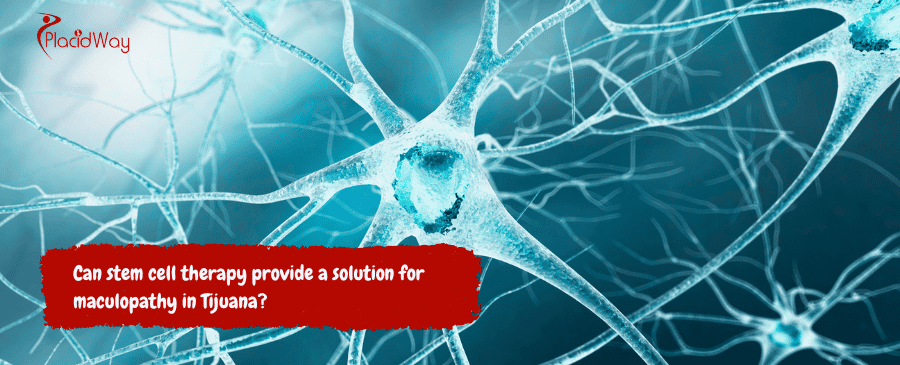
Stem cell therapy in Tijuana is being explored as a potential solution for maculopathy, aiming to repair or replace damaged retinal cells and improve vision. While not yet a widely approved cure, many clinics offer treatments for various eye conditions.
Are you or a loved one struggling with a condition like maculopathy, which severely impacts vision? The quest for effective treatments often leads individuals to explore innovative options, and one that frequently comes up in discussions is stem cell therapy. Specifically, many people are looking into whether Tijuana, Mexico, known for its medical tourism, offers a viable solution for maculopathy treatment using this advanced approach.
The short answer is yes, stem cell therapy is available in Tijuana for various eye conditions, including maculopathy. However, it's crucial to understand that while these treatments show promising potential, they are often considered experimental and are not universally approved as a standard cure for maculopathy by major regulatory bodies in all countries. This blog post aims to dive deep into all aspects of stem cell therapy for maculopathy in Tijuana, addressing the most common questions people have. We'll explore what maculopathy is, how stem cells might help, the types of treatments offered, potential benefits and risks, costs, and what to consider when choosing a clinic. Our goal is to provide clear, helpful, and comprehensive information to help you make informed decisions about this evolving field of medicine and the options available in Tijuana for retinal diseases.
What is Maculopathy and How Does it Affect Vision?
Maculopathy refers to any disease that affects the macula, a small, highly sensitive area in the center of the retina at the back of the eye. The macula is responsible for our sharp, detailed central vision, which is essential for tasks like reading, recognizing faces, driving, and seeing colors clearly. When the macula is damaged, as in conditions like age-related macular degeneration (AMD), diabetic maculopathy, or other hereditary forms, it significantly impairs a person's quality of life.
The effects on vision can vary but typically include:
- Blurred or distorted central vision: Straight lines may appear wavy, or images might seem blurry.
- A central blind spot: A dark or empty area can appear in the center of the visual field.
- Reduced ability to see fine detail: Reading small print or distinguishing facial features becomes difficult.
- Decreased color perception: Colors may appear faded or less vibrant.
These symptoms can make everyday activities challenging and often lead to a significant loss of independence. Traditional treatments often focus on slowing progression, but current options for vision restoration are limited, which is why many individuals explore innovative avenues like stem cell therapy.
How Does Stem Cell Therapy Work for Eye Conditions Like Maculopathy?
Stem cell therapy harnesses the unique ability of stem cells to differentiate into various cell types and their regenerative potential. For eye conditions like maculopathy, the goal is to address the underlying cellular damage in the macula. The principle involves introducing healthy stem cells into the affected area of the eye, typically via injections.
Once introduced, these cells are believed to perform several crucial functions:
- Cell Replacement: Stem cells can potentially differentiate into retinal cells, including photoreceptors (rods and cones) and retinal pigment epithelial (RPE) cells, which are often damaged or lost in maculopathy. Replacing these crucial cells could restore function.
- Paracrine Effects: Stem cells secrete various growth factors, cytokines, and other molecules that can reduce inflammation, protect existing cells from further damage, and stimulate the regeneration of surrounding tissues. This neuroprotective effect is vital in slowing disease progression.
- Angiogenesis Modulation: In some forms of maculopathy, like wet AMD, abnormal blood vessel growth is a problem. Some stem cell types may help modulate this process, preventing leakage and further damage.
The method of delivery often involves a direct injection into the vitreous (the gel-like substance that fills the eye) or subretinal space, allowing the stem cells to reach the damaged macula directly. The effectiveness largely depends on the type of stem cells used, the stage of the disease, and the individual patient's response to the treatment.
Is Stem Cell Therapy for Maculopathy Approved in Tijuana?
The regulatory landscape for stem cell therapy varies significantly across different countries. In Mexico, and specifically in Tijuana, the regulations regarding unproven stem cell therapies are generally more permissive compared to countries like the United States or those in the European Union. This has led to the proliferation of clinics offering a wide range of stem cell treatments, including those for various ocular conditions like maculopathy.
It's important to clarify that while these clinics operate legally within Mexico, the treatments for conditions like maculopathy are often conducted under a framework that allows for "experimental" or "innovative" therapies. This means that while you can receive stem cell therapy in Tijuana for maculopathy, it is typically not a treatment that has undergone the rigorous, multi-phase clinical trials required for full approval as a standard medical treatment by agencies like the U.S. FDA (Food and Drug Administration) or the European Medicines Agency (EMA).
Patients considering this option should understand that they are often participating in a treatment that is still being evaluated for its long-term efficacy and safety. It is essential to research clinics thoroughly, inquire about their specific protocols, the types of stem cells used, and any existing data on patient outcomes, rather than assuming it's an officially "approved" or "proven" cure.
What Types of Stem Cells Are Used for Maculopathy Treatment in Tijuana?
When seeking stem cell therapy for maculopathy in Tijuana, you'll encounter clinics primarily utilizing certain types of stem cells due to their accessibility and regenerative properties. The most commonly used types include:
- Mesenchymal Stem Cells (MSCs): These are multi-potent stromal cells that can differentiate into a variety of cell types, but their primary benefit for eye conditions often lies in their immunomodulatory and anti-inflammatory properties. MSCs are frequently sourced from:
- Umbilical Cord Tissue: This is a popular source as it yields a high number of young, potent MSCs, and is considered ethically sound as it's typically discarded after birth. These cells are often referred to as "allogeneic" (from a donor).
- Adipose (Fat) Tissue: MSCs can be harvested from a patient's own fat through liposuction (autologous). This is a convenient source, but the cell count and viability can vary with age and health.
- Bone Marrow-Derived Stem Cells: These are another source of autologous stem cells, harvested from the patient's own bone marrow. They contain a mix of hematopoietic stem cells (blood-forming) and MSCs, both of which have regenerative potential.
Some clinics might also explore other cell types or combinations, but MSCs, particularly from umbilical cord tissue, are a prevalent choice due to their potential for immune privilege (less likely to be rejected by the recipient's body) and their broad regenerative capabilities. Patients should always inquire about the specific type and source of stem cells a clinic intends to use for their maculopathy treatment.
What Are the Potential Benefits of Stem Cell Therapy for Maculopathy?
While stem cell therapy for maculopathy is still an evolving field, patients and clinics report several potential benefits that make it an attractive option, especially for those with limited traditional treatment choices. These include:
- Improved Visual Acuity: For some patients, there may be a reported improvement in the clarity of central vision, allowing them to read or recognize objects more easily.
- Reduced Visual Distortion: Symptoms like wavy lines or distorted images, common in maculopathy, might lessen.
- Slowing Disease Progression: The regenerative and neuroprotective properties of stem cells could potentially slow down or halt further damage to the macula and surrounding retinal cells. This is particularly valuable in progressive conditions like AMD.
- Reduced Inflammation and Oxidative Stress: Stem cells can modulate the immune response and reduce inflammation within the eye, which is a significant factor in many forms of maculopathy. This creates a healthier environment for existing cells.
- Enhanced Quality of Life: Any improvement in vision, even if partial, can significantly enhance a patient's ability to perform daily activities and improve their overall independence and well-being.
It's important to manage expectations, as individual results can vary greatly, and significant vision restoration is not guaranteed. However, for many facing vision loss, the potential for even modest improvement or stabilization makes exploring stem cell treatment a compelling choice.
Are There Risks Associated with Stem Cell Therapy for Maculopathy in Tijuana?
As with any medical procedure, particularly those considered experimental, there are potential risks and complications associated with stem cell therapy for maculopathy in Tijuana. While many clinics emphasize safety, it is crucial for patients to be aware of these possibilities:
Procedure-Related Risks:
- Infection: Any injection or surgical procedure carries a risk of introducing bacteria into the eye, potentially leading to severe infection (endophthalmitis).
- Bleeding: Hemorrhage can occur during or after the injection, potentially impairing vision.
- Retinal Detachment: The needle used for injection could cause a tear in the retina, leading to detachment and severe vision loss if not promptly treated.
- Increased Intraocular Pressure (IOP): Inflammation or cellular debris after injection can temporarily or, in rare cases, permanently elevate eye pressure, risking glaucoma.
- Damage to Ocular Structures: Accidental damage to the lens, iris, or other parts of the eye.
Cell-Related Risks:
- Immune Reaction/Rejection: Though less common with MSCs, an immune response to donor cells can occur.
- Uncontrolled Cell Growth/Tumor Formation: While rare with adult stem cells like MSCs, the theoretical risk of unintended cell differentiation or tumor formation exists, particularly if pluripotent stem cells (like embryonic stem cells) were used without proper control, which is less common in Tijuana for eye treatments.
- Ineffectiveness: The treatment may not yield the desired results, leading to no improvement or even continued progression of the maculopathy.
- Contamination: Risks associated with poor quality control in processing stem cells.
Patients should thoroughly discuss these risks with the clinic's medical team, inquire about their safety protocols, and understand that ongoing monitoring after the procedure is essential.
How Much Does Stem Cell Therapy for Maculopathy Cost in Tijuana?
The cost of stem cell therapy for maculopathy in Tijuana can vary significantly, reflecting the diverse range of clinics, treatment protocols, and services offered. It's generally a substantial investment, and patients should be prepared for this financially. While specific figures can fluctuate, here's a general breakdown of factors influencing the price:
Factors Influencing Cost:
- Clinic Reputation and Facilities: Established clinics with state-of-the-art facilities, experienced medical staff, and strong patient testimonials may charge more.
- Type and Source of Stem Cells: Costs can differ based on whether autologous (patient's own) or allogeneic (donor) cells are used, and the specific source (e.g., umbilical cord, adipose tissue, bone marrow). Umbilical cord-derived MSCs, often prepared in certified labs, might be at the higher end.
- Number of Injections/Treatment Sessions: Some protocols involve a single injection, while others may recommend multiple sessions over a period, which will increase the overall cost.
- Ancillary Treatments: Some packages might include adjunctive therapies, post-treatment care, diagnostic tests, or follow-up consultations.
- Included Services: The price might cover not just the procedure but also accommodation, transport, and translation services, especially for international patients.
Typical Cost Range:
| Factor | Cost Impact (Estimated) |
|---|---|
| Single eye treatment (basic) | $5,000 - $8,000 |
| Both eyes treatment (basic) | $8,000 - $12,000 |
| Comprehensive package (multiple injections, follow-ups) | $10,000 - $15,000+ |
It's crucial to obtain a detailed quote from any clinic you consider, ensuring all costs are transparent and itemized, to avoid unexpected expenses.
What Should I Consider When Choosing a Clinic for Stem Cell Therapy in Tijuana?
Choosing the right clinic for stem cell therapy for maculopathy in Tijuana is perhaps the most critical decision. Given the experimental nature of many treatments and the varying standards, thorough due diligence is essential. Here are key considerations:
1. Medical Expertise and Credentials:
- Qualified Ophthalmologists: Ensure the clinic has board-certified ophthalmologists or retinal specialists on staff who are experienced in treating eye conditions and administering intraocular injections.
- Stem Cell Specialists: Look for evidence of expertise in regenerative medicine and stem cell processing.
- Team Experience: Inquire about the team's collective experience with stem cell treatments for eye conditions specifically.
2. Facility Accreditation and Standards:
- Accreditation: Check if the clinic is accredited by national or international bodies, which often indicates adherence to certain safety and quality standards.
- Sterilization and Lab Quality: Inquire about their stem cell processing lab. Is it GMP (Good Manufacturing Practice) compliant? What are their sterilization protocols?
3. Transparency and Communication:
- Clear Protocols: The clinic should openly explain the specific type of stem cells used, their source, the number of cells, and the method of administration.
- Realistic Expectations: A reputable clinic will provide a balanced view of potential benefits and risks, avoiding exaggerated claims of cures.
- Detailed Costs: Ensure they provide a comprehensive, itemized cost breakdown without hidden fees.
4. Patient Support and Follow-up:
- Pre- and Post-Treatment Care: What diagnostic tests are performed beforehand? What kind of follow-up care is provided, especially for international patients?
- Patient Testimonials and Reviews: While not definitive, external reviews and testimonials can offer insights into other patients' experiences.
5. Ethical Considerations:
- Research vs. Treatment: Understand if the treatment is part of a formal clinical trial or offered as a general therapy.
- No Guarantees: Be wary of clinics that promise cures or guarantee outcomes, as results in stem cell therapy are highly individual.
Asking detailed questions and seeking multiple opinions can help you make an informed decision when considering medical tourism for maculopathy in Tijuana.
What is the Typical Recovery Process After Stem Cell Therapy for Maculopathy?
The recovery process after stem cell therapy for maculopathy, especially when involving intraocular injections, is generally designed to be relatively quick for the immediate procedure, but the full effects and recovery period can extend over weeks or even months. Here’s what patients can typically expect:
Immediately After the Procedure:
- Mild Discomfort: Patients might experience some mild irritation, scratchiness, or a feeling of "something in the eye." This is usually manageable with over-the-counter pain relievers if needed.
- Blurred Vision: Vision may be blurry for a few hours to a few days due to pupil dilation, the injection itself, or eye drops used.
- Eye Patch/Shield: An eye patch or shield might be applied immediately after the injection to protect the eye.
First Few Days to Weeks:
- Activity Restrictions: Patients are usually advised to avoid strenuous activities, heavy lifting, bending, or rubbing their eyes for a period. Activities that could increase eye pressure, such as swimming or contact sports, are often restricted.
- Eye Drops: Medicated eye drops (e.g., antibiotics, anti-inflammatory drops) will likely be prescribed to prevent infection and reduce inflammation.
- Follow-up Appointments: Initial follow-up appointments with the ophthalmologist are crucial to monitor the eye's healing, check intraocular pressure, and assess for any early complications.
Longer-Term Recovery and Monitoring:
- Gradual Improvement: Any potential improvements in vision are usually gradual and may not be immediately apparent. It can take several weeks or months for the stem cells to exert their full effects.
- Ongoing Monitoring: Regular follow-up examinations will be necessary to track vision changes, monitor retinal health, and detect any long-term complications.
- Patience is Key: It's important for patients to be patient and understand that the regenerative process takes time. Adherence to post-procedure instructions is vital for optimal outcomes.
The specific recovery timeline and instructions will vary based on the individual patient, the exact protocol used, and the clinic's guidelines. Clear communication with the medical team is essential throughout the recovery period.
Is Stem Cell Therapy a Permanent Cure for Maculopathy?
It is important to clearly understand that, at present, stem cell therapy for maculopathy, including treatments offered in Tijuana, is not considered a permanent cure. While it holds significant promise and some patients experience notable improvements, it is more accurately described as an investigational or restorative treatment aimed at managing the condition, slowing its progression, or potentially improving certain aspects of vision.
Here’s why it’s not yet a "cure":
- Complex Nature of Maculopathy: Many forms of maculopathy, such as age-related macular degeneration, are degenerative diseases with multiple contributing factors (genetic, environmental, inflammatory). A single treatment may not address all underlying causes permanently.
- Cell Lifespan: While stem cells can differentiate and provide beneficial effects, the longevity and sustained function of the transplanted cells or their secreted factors can vary. The body's natural degenerative processes may eventually continue.
- Not a "Reset Button": The treatment aims to repair or replace damaged cells and create a healthier environment, but it does not typically "reset" the eye to a pre-disease state or eliminate the potential for future damage.
- Ongoing Research: The field is still undergoing extensive research to optimize cell types, delivery methods, and long-term efficacy. True "cures" require years of rigorous clinical trials and data demonstrating sustained, complete remission of the disease.
Patients considering stem cell therapy should view it as a potential long-term management strategy rather than a one-time fix. It may require ongoing monitoring, and in some cases, repeat treatments might be suggested to maintain any benefits achieved. Realistic expectations are crucial for anyone pursuing this advanced treatment option for retinal diseases.


.png)
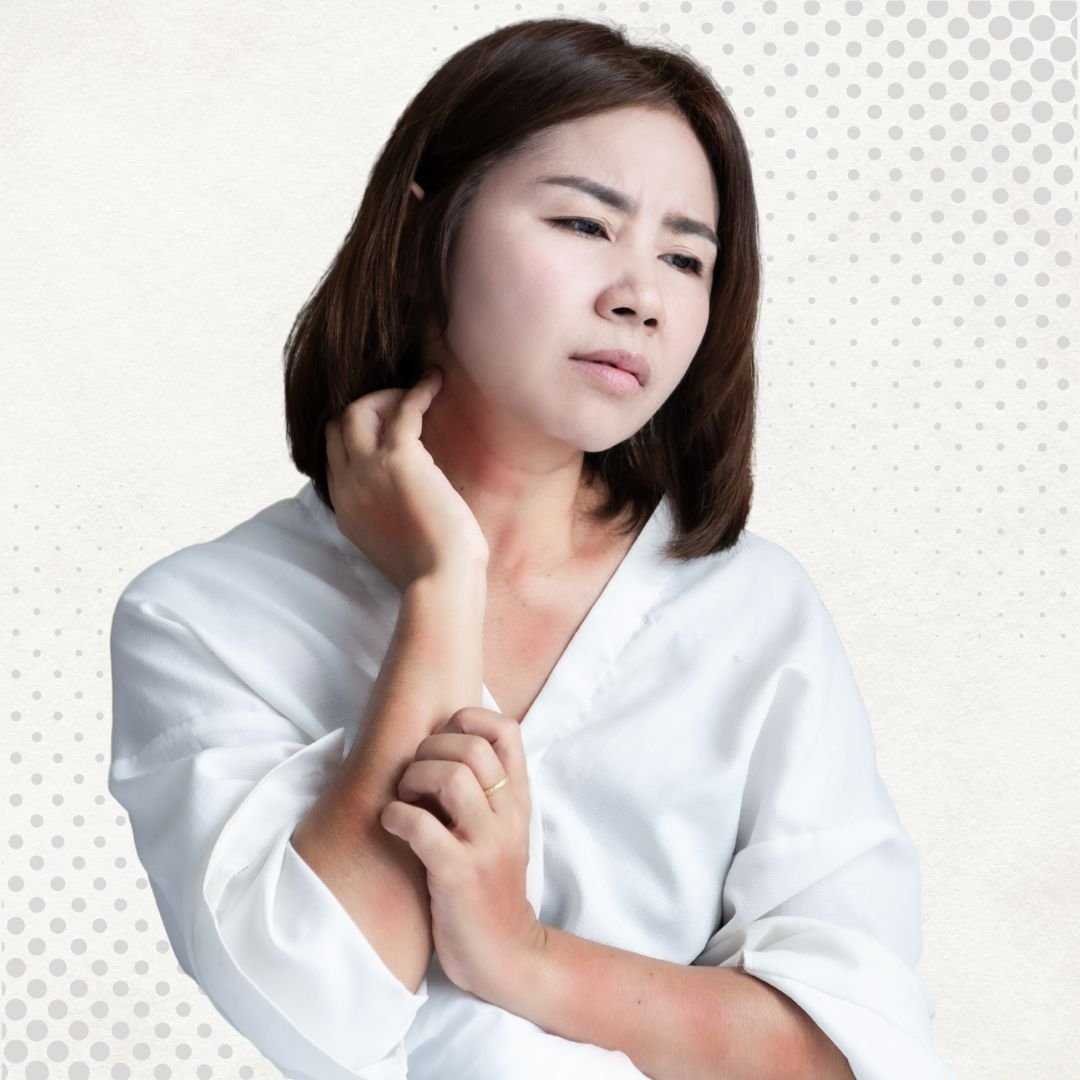


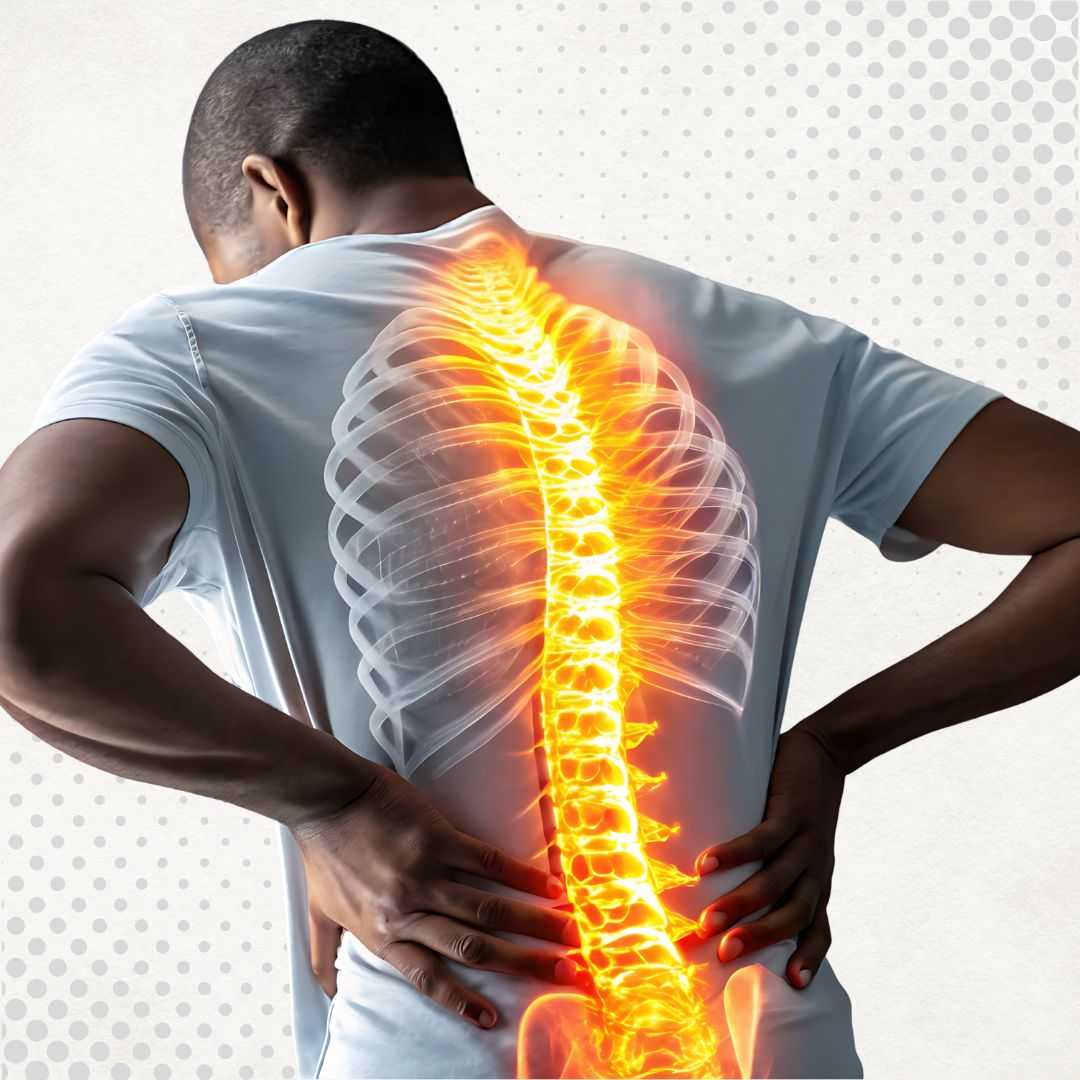

.jpg)




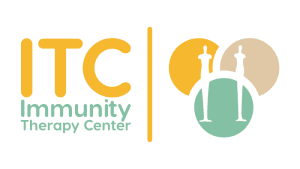
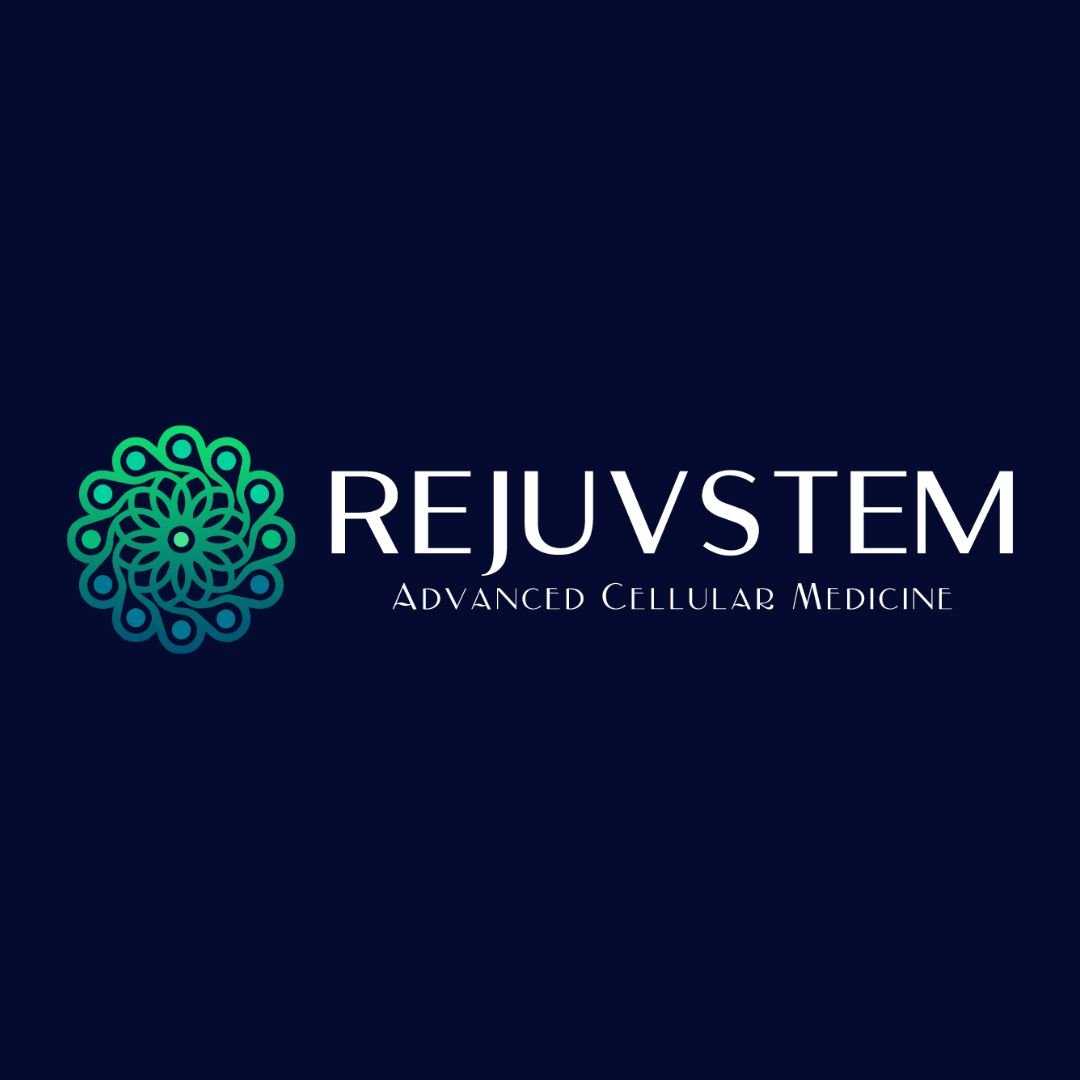
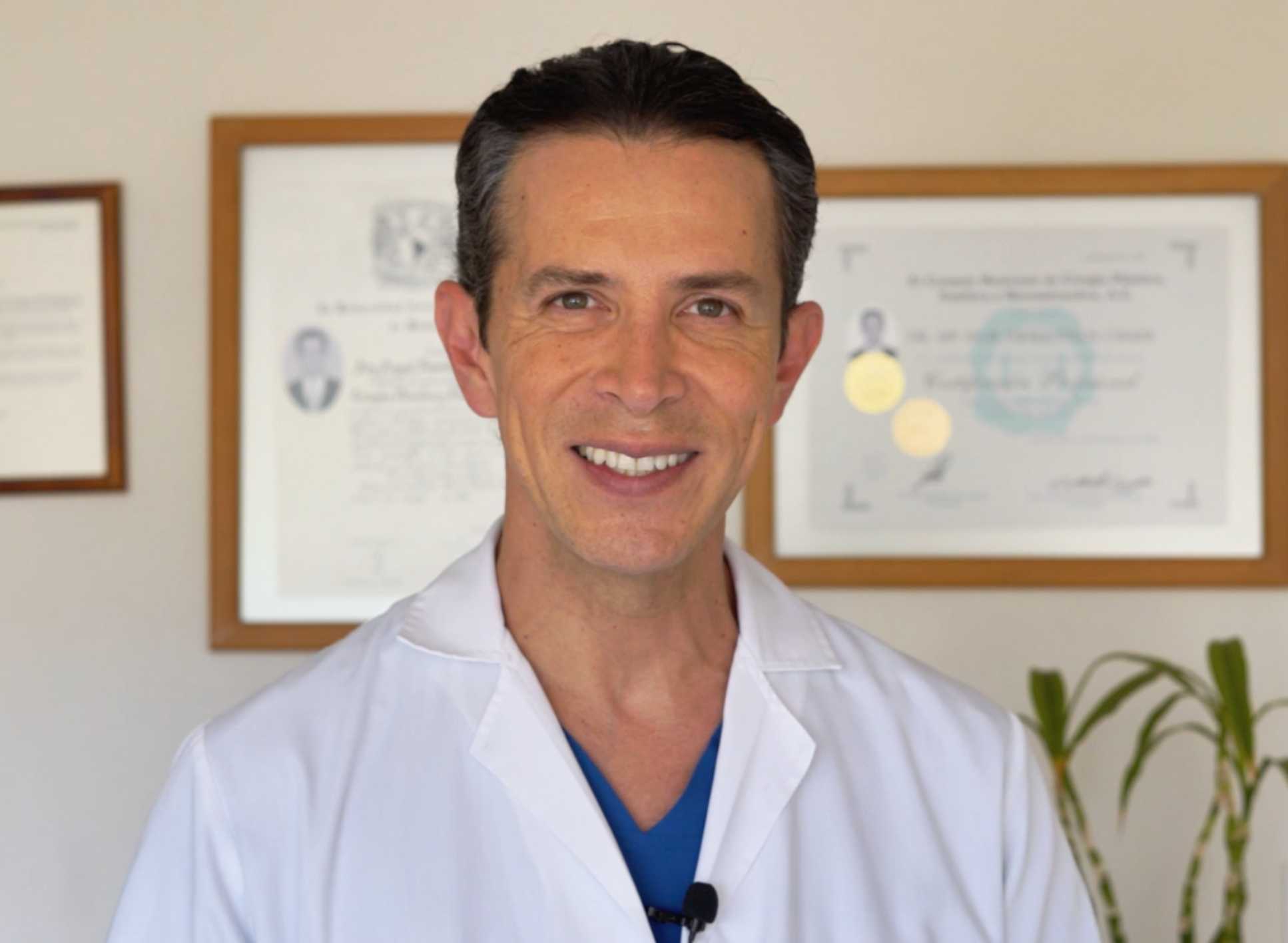

Share this listing